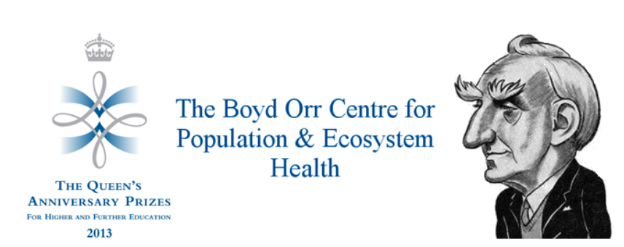What we do
 Diversity is found in all biological systems from the cellular level, through to the mighty rainforest. Our understanding of biodiversity is vital in allowing us to solve varied problems such as the selection of effective vaccines for disease, to the prioritisation of biodiversity in conservation management.
Diversity is found in all biological systems from the cellular level, through to the mighty rainforest. Our understanding of biodiversity is vital in allowing us to solve varied problems such as the selection of effective vaccines for disease, to the prioritisation of biodiversity in conservation management.
We are interested in all diversity, ranging from traditional measures of biodiversity to taxonomic, functional, phylogenetic, genetic, and phenotypic diversity. Our interests are varied and range from the analyses of viral antigenic diversity and antimicrobial resistance, to animal breeding and conservation of genetic diversity. We are also interested in related concepts such as positive selection and the identification of genetic similarities among populations.
How do we measure diversity
A number of us work on a framework of diversity measures developed to consider not only, the abundance of types, but also the differences between them. These similarity-sensitive measures have been developed and expanded based on more traditional descriptors such as species richness, Simpson's index, Shannon entropy, and Hill numbers.
Application of these measures expose interesting features associated with subcommunity structure, such as contribution to supercommunity diversity, redundancy, concentration, representativeness, and the number of distinct communities present.


